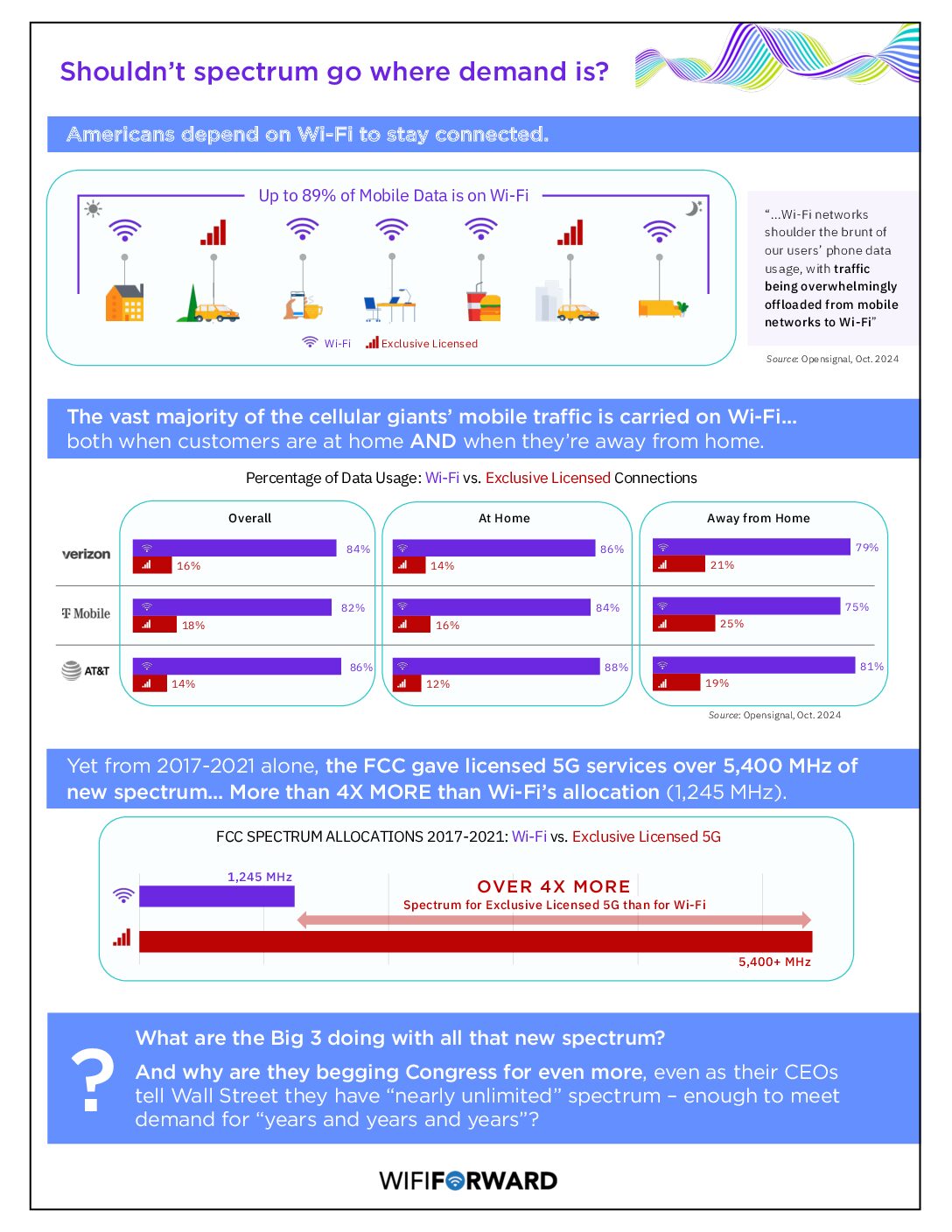

Wi-Fi is critical to the way we live and work today. Indeed, studies have confirmed that Wi-Fi already contributes close to $100 billion each year to the U.S. economy.
Launched 20 years ago, Wi-Fi has evolved from an experiment to a necessity that contributes billions of dollars to the economy.